Who Done It? Breaking Down the Seventh Episode of ‘True Detective’
Taking a look at the Hoyt family and the power of institutions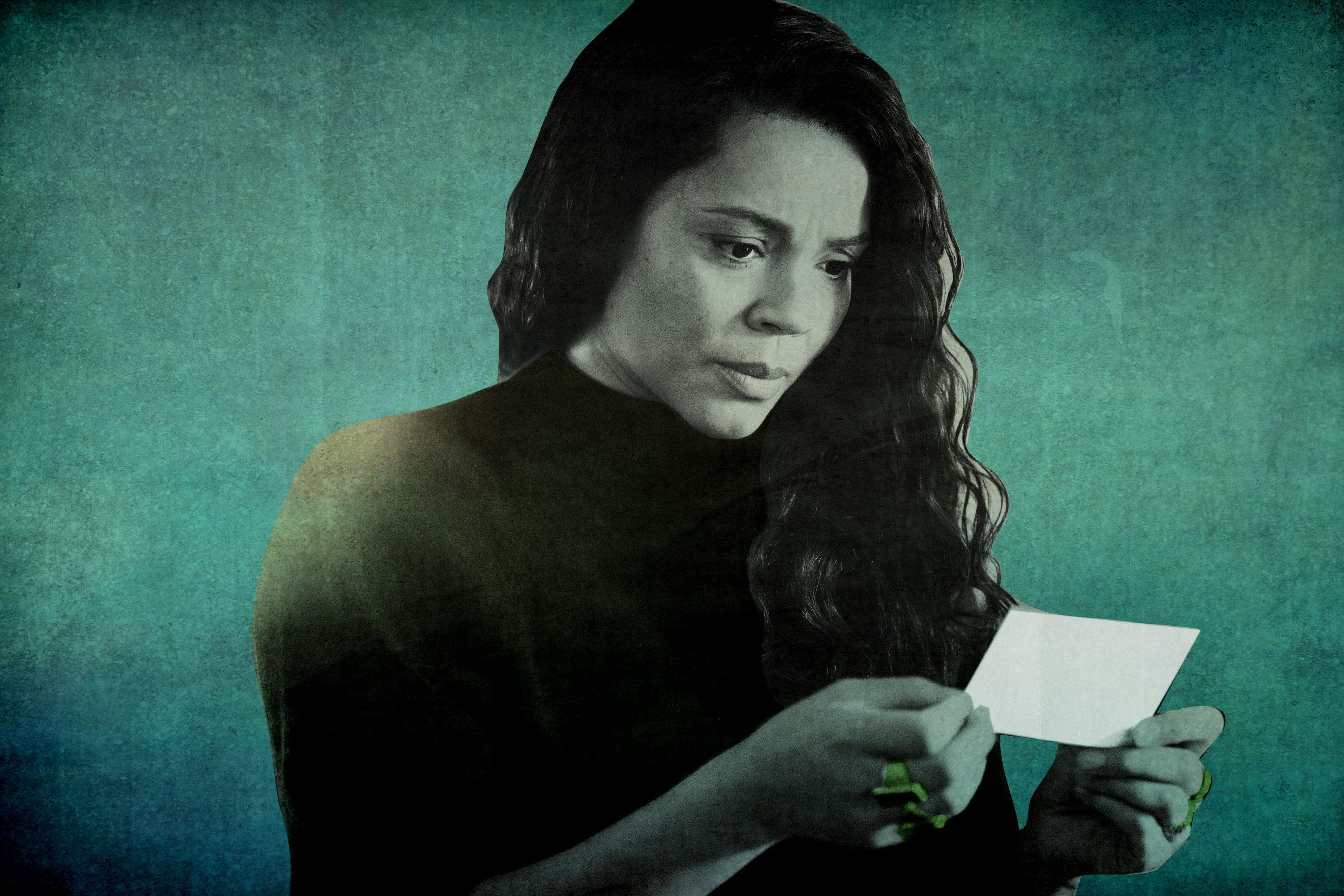

Meet the new season of True Detective, same as the first season of True Detective. OK, so Season 3 is not a complete retread of the critically acclaimed freshman season, which put this anthology series on the map, but all the hallmarks are here: We’ve got multiple timelines; a Southern setting; cops with a penchant for philosophizing, cigarettes, and liquor; brutal crimes against children; hints of the occult. You know, the good stuff. But, of course, a new season means a whole new case, and a whole new mystery to crack. While True Detective is more than the sum of its potential killer(s) (despite the timelines, this isn’t Westworld, where the only attraction is trying to guess what will happen), there’s an undeniable, compulsive thrill in looking at the clues and joining Mahershala Ali’s Detective Wayne Hays in the decades-spanning mystery about two missing children in a small Arkansas town. What really went down? Who could be responsible? What themes, dialogue, and visuals might provide clarity? Who’s wearing the best wig? That’s what we’re here to glean from week to week, continuing with the seventh episode, “The Final Country.”
Who Done It?
We’ve arrived at the penultimate episode of True Detective’s third season. It feels like only yesterday we were admiring Mahershala Ali’s convincing old-man makeup and Stephen Dorff’s best efforts to look like Dennis Quaid in the 1980 timeline. What began as a seemingly straightforward murder-kidnapping of two children in small-town Arkansas has since unfurled into a decades-spanning conspiracy that appears to implicate high-level politicians and businessmen, none of whom appear particularly concerned with the growing body count that’s been part of the cover-up.
We got two more key deaths in “The Final Country,” though only one of them can be pinned to someone with a connection to the Hoyts—a wealthy family that owns Hoyt Foods, a fictional equivalent to Tyson Foods, which is also based in Arkansas—who are clearly the folks responsible for Julie Purcell’s kidnapping. First, we found out what happened to poor Tom Purcell (Scoot McNairy) in 1990. After Purcell drunkenly stumbled upon the “pink room” in the Hoyt estate’s basement at the end of last week’s episode, former Arkansas highway patrolman turned current Hoyt Foods chief security officer Harris James (Scott Shepherd) sneaked up behind him, killed him, and then staged Tom’s death as a suicide at one of the original Purcell crime scenes, leaving a typed note: “I am sorry. Please forgive me. I’m going to see my wife and son.” Tom’s faux-confession to the crimes effectively closed the Purcell case, for a second time.
But James gets his comeuppance, as Detective Wayne Hays (Ali) finds enough incriminating evidence to surmise that James was responsible for killing Lucy Purcell (Mamie Gummer) in 1988 and then staging her death as a drug overdose in a Vegas motel. Hays and Roland West (Dorff) grab James and “interrogate” (read: beat the shit out of) him at an abandoned barn, and when James tries to grab Hays’s gun after feigning an injury, Roland fatally shoots James. You shouldn’t feel too bad for James—he almost certainly killed Tom and Lucy, and probably had something to do with the 1990 disappearance of Lucy’s cousin Dan O’Brien (Michael Graziadei)—but James’s death means that Hays and Roland have lost their most valuable link between the Purcell children and the Hoyt family. (Not to mention that Roland is understandably dismayed that he killed a person.)
Worse yet, Hays gets a call in 1990 from the man himself, Edward Hoyt, who wants to talk to him about James and discuss “the events of last night, as I understand them.” So Hays steps into a black sedan with Hoyt, and their conversation in the season finale could have huge implications for why Hays quit the force in 1990, and why there have been no breakthroughs in the Purcell case since then. With one episode remaining, our list of “suspects,” which is more or less a list of Hoyt family members and potential accomplices, is the shortest it’s ever been.
1. Edward Hoyt
We’ve yet to see him, but we hear Hoyt’s voice on the phone when he calls the Hays household the night after James is killed. However, we do know who’ll be playing Hoyt, thanks to the episode’s end credits and a little bit of Googling—spoiler, I guess?—for the finale: It’s Michael Rooker of The Walking Dead and Guardians of the Galaxy fame. (Perceptive viewers might’ve caught a glimpse of Rooker-as-Hoyt in last week’s episode in a photo hanging in James’s office.)
Hoyt obviously has a lot of power and influence in Arkansas—enough to effectively bury the Purcell case twice. But a question remains: What is he getting out of all this? We basically know the who behind Julie Purcell’s kidnapping and Will Purcell’s murder (although there’s still room for another explanation there); we still need the why.
Here’s my best guess of what went down: Hoyt’s daughter Isabel, who lost her daughter and husband in an accident in 1977, was distraught, and it seemed like the Hoyts were hoping to fill the void left by that family tragedy. One or both of the Purcell parents—most likely Lucy with the help of her cousin Dan, since she appears to have fabricated the ransom note—was willing to give up their daughter for [extremely NBA voice] cash considerations. Will got caught in the crossfire somehow, and was killed, perhaps while trying to protect his little sister. The Hoyts used people like Harris James to cover their tracks, first by pinning the crimes on local Vietnam veteran Bret Woodard (Michael Greyeyes) in 1980, and then on Tom in 1990 when Julie resurfaced, having somehow escaped the Hoyt estate and their basement “pink room,” where she was likely kept.
And if Hoyt has evidence to prove that Hays and Roland killed James in 1990, well, he doesn’t need to harm Hays in order to silence him. He can dangle incriminating evidence against Hays to keep him quiet, and to ensure that nothing about the Purcell case comes back to him or his family. Since Old Man Hays’s mind has deteriorated by 2015, it’s possible that he has forgotten the specifics of their arrangement when he is being interviewed about the case by a journalist—or simply gives no fucks at this point and wants to finally close this case for good. Either way, expect a lot of juicy Hoyt stuff—apologies for using the term “juicy Hoyt stuff” … try not to think about it—in the finale.
2. Isabel Hoyt
We also haven’t seen Isabel yet, aside from a brief shot of her and her daughter in a picture frame at the Hoyt Food plant in 1980. (We noted this last week, but it’s worth repeating: At the time she was kidnapped, Julie looked to be around the same age as Isabel’s daughter.)

When Old Man Hays and Roland interview a former Hoyt housekeeper in 2015, she says that Isabel was “troubled” and was constantly watched over by “Mr. June,” a black man with one milky eye. (Sound familiar?) “I think she was getting worse,” the former housekeeper added, while noting that during the final days of her employment at the Hoyt estate, workers weren’t allowed anywhere aside from the kitchen and main foyer. Workers were also never allowed in the basement, an area that Isabel and Mr. June frequented and which we know has a “pink room” that Julie likely stayed in and which Tom stumbled upon before his staged suicide.
Given this evidence—plus the fact that a mixed-race couple was spotted around the Purcells’ neighborhood several times—Isabel is most likely the person who instigated Julie’s kidnapping, and possibly that of other girls, too, with Mr. June’s help. There’s even a connection between Isabel and Harris James, since he worked a scene where she got herself into a car accident after her husband and daughter died.
Isabel is the other link essential to understanding Julie’s kidnapping and Will’s murder. I’d be shocked if we don’t see her pop up next week as well.
3. Watts/Mr. June
The former housekeeper called him “Mr. June,” while investigator Elisa Montgomery (Sarah Gadon) says that she spoke with someone who said a black man with one eye identifying himself as “Watts” was still looking for Julie after Tom’s staged suicide. Watts, Mr. June, One-Eyed Jack, whatever you want to call him: He’s got as much to do with Julie’s kidnapping and Will’s murder as the Hoyts.
Elisa posits that the man—played by Steven Williams last week during an intense bookstore confrontation with Amelia Reardon (Carmen Ejogo) in 1990—was a “procurer” for the Hoyts, someone whose main function was finding girls like Julie. He looked fairly old in the 1990 timeline—if we were to approximate the character’s age to the actor who plays him, he’d be 70—so it seems unlikely he’d show up again in 2015. But the man remains an important accomplice, someone who’s essential to finding out the details of what happened with the Purcell children on that fateful day in 1980.
And how, exactly, did this man come into the Hoyts’ employ? The other one-eyed black man whom Hays and Roland interviewed in 1980, Sam Whitehead (John Jelks), said that lots of people sustain these kinds of injuries working on, say, a chicken factory line. That, combined with the fact that Lucy also used to work the Hoyt Foods chicken line before she worked as a waitress, could explain the link between the one-eyed black man, the Hoyts, and the Purcells.
4. Gerald Kindt and Major Blevins
If the Hoyts were able to successfully cover up the Purcell case—twice!—they definitely needed help from local politicians and law enforcement, in addition to what a former highway patrolman could provide. And considering that Arkansas attorney general Gerald Kindt (Brett Cullen) and Roland’s commanding officer Major Blevins (James MacDonald) are both intent to bring the case to a quick conclusion in 1990—after Kindt did the same in 1980 with the Woodard conviction—it certainly arouses suspicion.
While putting a bow on a troubling, newsworthy investigation is good PR that could advance their respective careers, Kindt’s and Blevins’s complicity would support Elisa’s theory of the existence of a larger conspiracy. This week, Elisa references the Season 1 case of the Yellow King, led by meme lord Rust Cohle (Matthew McConaughey) and Marty Hart (Woody Harrelson), and how, despite evidence of accomplices, the case never expanded beyond one suspect. Elisa believes the Hoyts could be part of a larger pedophile group, with a large web of accomplices. “These groups take runaways, kids in orphanages, outright kidnapping,” she explains to Old Man Hays. “And wider investigations are consistently curtailed. In both the Louisiana and Nebraska cases, high-level politicians and businessmen were implicated. People with the power to make these things go away.”
The Arkansas attorney general and a high-ranking police officer would definitely have the power to block Hays and Roland from bringing the Purcell case to its rightful conclusion. And neither have done anything to suggest they have a vested interest in this case being solved.
Theme of the Week: The Power of Institutions
It’s been weird to break down the “Who Done It?” conceit of these True Detective recaps for the past two weeks, since (1) we’ve pretty much figured out who the responsible parties are and (2) we’ve yet to see the two biggest culprits. (Might as well make it three if you want to count Mr. June, who showed up for only a couple of minutes last week.) In fairness, we barely got a look at Season 1’s Yellow King until its finale, but that was more to delay the disturbing deep dive into the horrific “Carcosa” kingdom than to stretch out the mystery.
That Season 3 has eschewed putting Edward and Isabel Hoyt front and center speaks to the amorphous evil that writer-creator Nic Pizzolatto is trying to highlight: the chilling influence, and power, of major institutions. Again: Hoyt Foods is basically the Tyson Foods of the True Detective universe—a huge company that can employ the majority of a town’s populace.
Hays and Roland aren’t going up against some killer living in the woods: They’re trying to take down an entire corporation as well as, probably, law enforcement and local government officials. The Hoyts are too big and too powerful to bring down. (It’s notable that the closest Hays and Roland got to some definitive conclusions in the Purcell case came after they played dirty, kidnapping James, torturing him, and then killing him in the messy aftermath.)
Given the setting of this season and incorporation of a major food company, it seems likely that Pizzolatto had the seemingly seedy relationship between Tyson Foods and Bill Clinton on his mind—and then added a child-kidnapping twist. (Holy shit, please don’t get any Pizzagate-like ideas here.) The TL;DR version: Tyson Foods and Clinton reportedly had a mutually beneficial arrangement through the ’80s and ’90s that expanded the company’s operations as Clinton rose politically—all the way to the presidency. (When Bill went into office, Tyson Foods also got some friendly kickbacks from the administration.)
The dealings are much different—again, to the best of anyone’s knowledge, the Tyson family does not kidnap children!—but True Detective’s third season has a vested interest in the immense power of institutions, and whether the egregious actions of those at the head of the snake can ever be held accountable. Hopefully, that’s where Old Man Hays and Roland’s work in the 2015 timeline comes into play—and justice against the Hoyts and their many accomplices can finally be served.
Iconic True Detective Looks, Ranked
Underneath the true-crime mysteries at the forefront of each season, True Detective is a show that is admirably devoted to capturing the aesthetics that define its many eras. With that comes some pretty incredible costume and makeup work, which we’ll be highlighting throughout the season.
4. Graying Fourth(!) Timeline Mahershala Ali
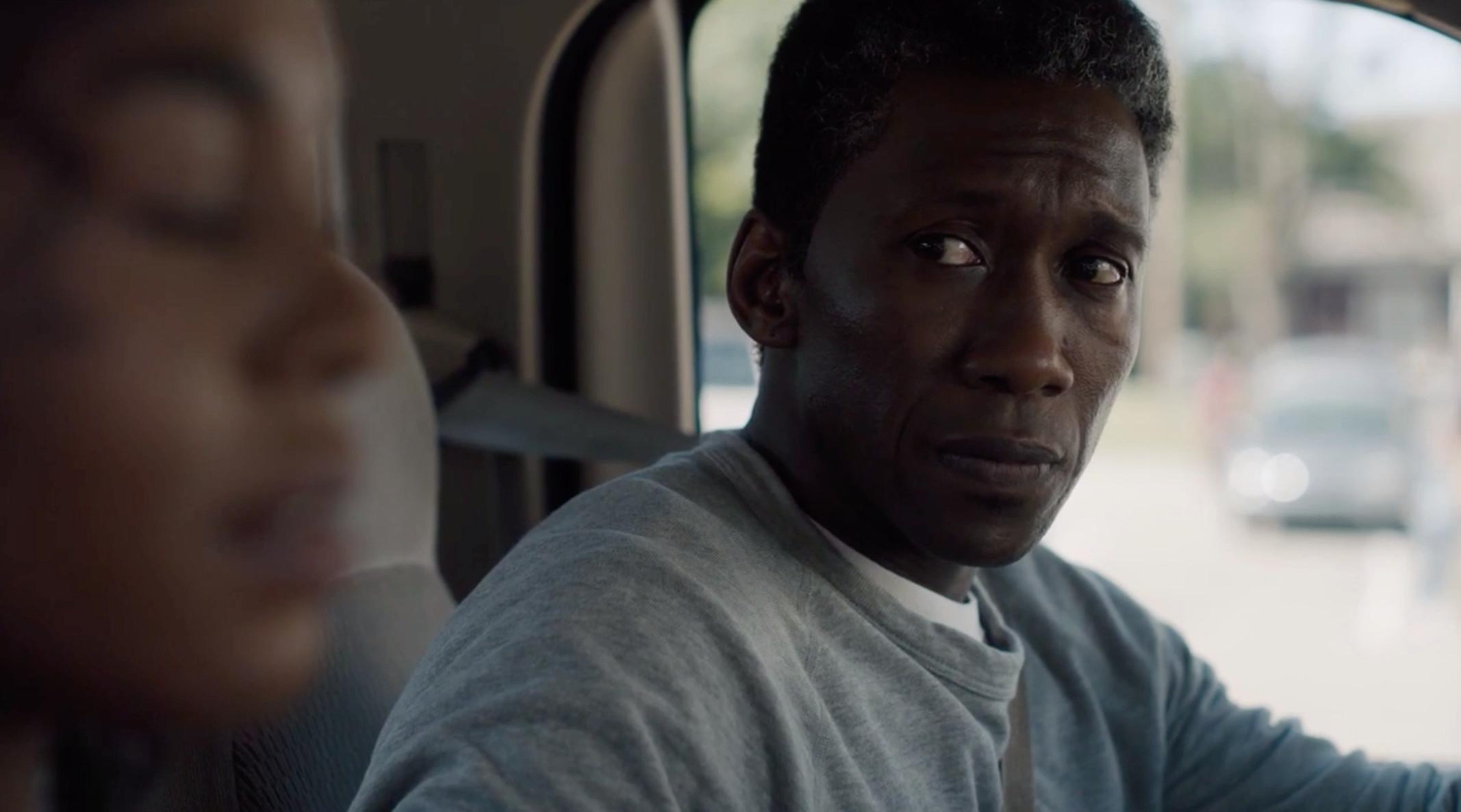
As if three timelines of Mahershala Ali weren’t enough of a blessing, True Detective gifted us with a fourth. We don’t know what year this is, but considering Hays’s daughter Rebecca is moving to college, let’s say early-to-mid 2000s. His hair is starting to gray, he’s got a sweater to match the color of his new hair, and he’s nervous about dropping his kid off for the next big stage of her life. Make no mistake: His Dad Levels are over 9000.
3. Rust Cohle and Marty Hart, Newspaper Edition

It’s not a full-blown guest appearance, but I sure did miss Rust Cohle’s washed aesthetic and Woody Harrelson giving the most unimpressed Woody Harrelson expression ever. I also double-checked whether The Daily Advertiser was a real newspaper, because the name seemed a little too on the nose—I get that newspapers need to sell ads to stay in business, but goodness! Alas, The Daily Advertiser is a real, small local paper in Lafayette, Louisiana.
2. Saluting the Scoot ’Stache
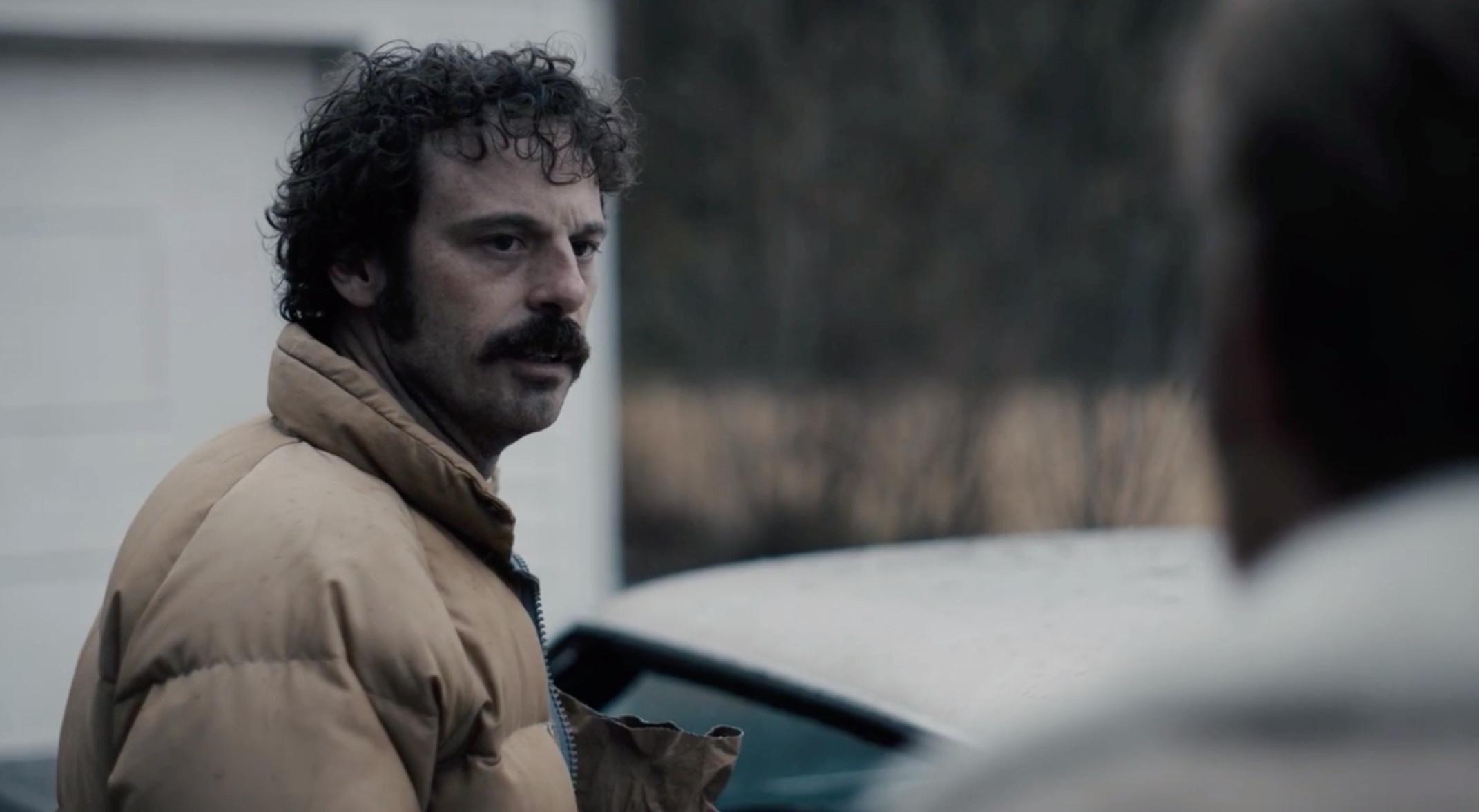
It looks like this week’s episode is the last we’ll be seeing of Tom Purcell and, thus, his iconic mustache. This is truly what all mustaches should aspire to be; the greatest onscreen stache since Parks and Recreation’s Ron Swanson. Scoot-as-Tom is Facial Goals and I will miss him dearly.
1. Ripped Mahershala Ali in Boxers Burning Clothes Stained With the Blood of a Dead Man in His Backyard
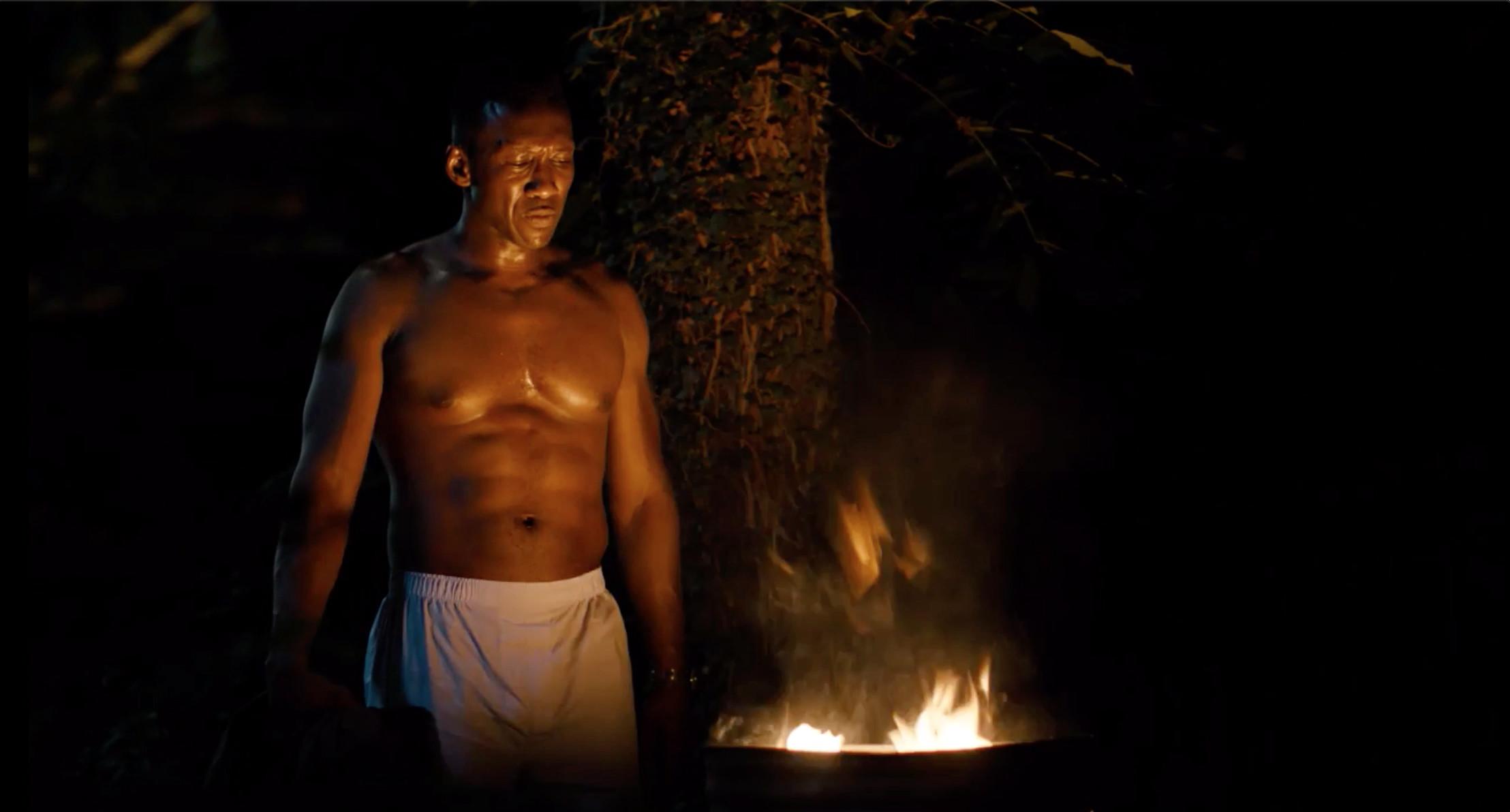
Who said destroying incriminating evidence doesn’t have to be sexy? We stan.
Most Important Player of the Week
“The Final Country” was a slow, gripping descent into darkness, punctuated by Hays and Roland’s murder of Harris James, which probably spelled the end of the Purcell investigation in 1990. And while these scenes were obviously elevated by excellent performances from Ali, Dorff, and Shepherd, they wouldn’t have had the same heft without Daniel Sackheim’s gorgeous direction.
Sackheim is a veteran small-screen director whose fingerprints are all over this era of Peak TV, including but not limited to episodes of Game of Thrones, The Americans, Better Call Saul, The Leftovers, Jack Ryan, and The Walking Dead. (He also won and Emmy in the ’90s for his directing on NYPD Blue.) Sackheim is responsible for four of the third season’s eight episodes—including next week’s finale—and if “The Final Country” is anything to go by, we’re in for a real treat.
Sackheim’s highlights this week were the fraught moments during and after the Harris murder: the escalating tension, and the drive toward the decrepit barn where Harris will be killed, evoke a Lynchian sense of dread. Later, Sackheim provides a perfect illustration of Old Man Hays’s condition and the isolation his debilitated condition forces upon him.
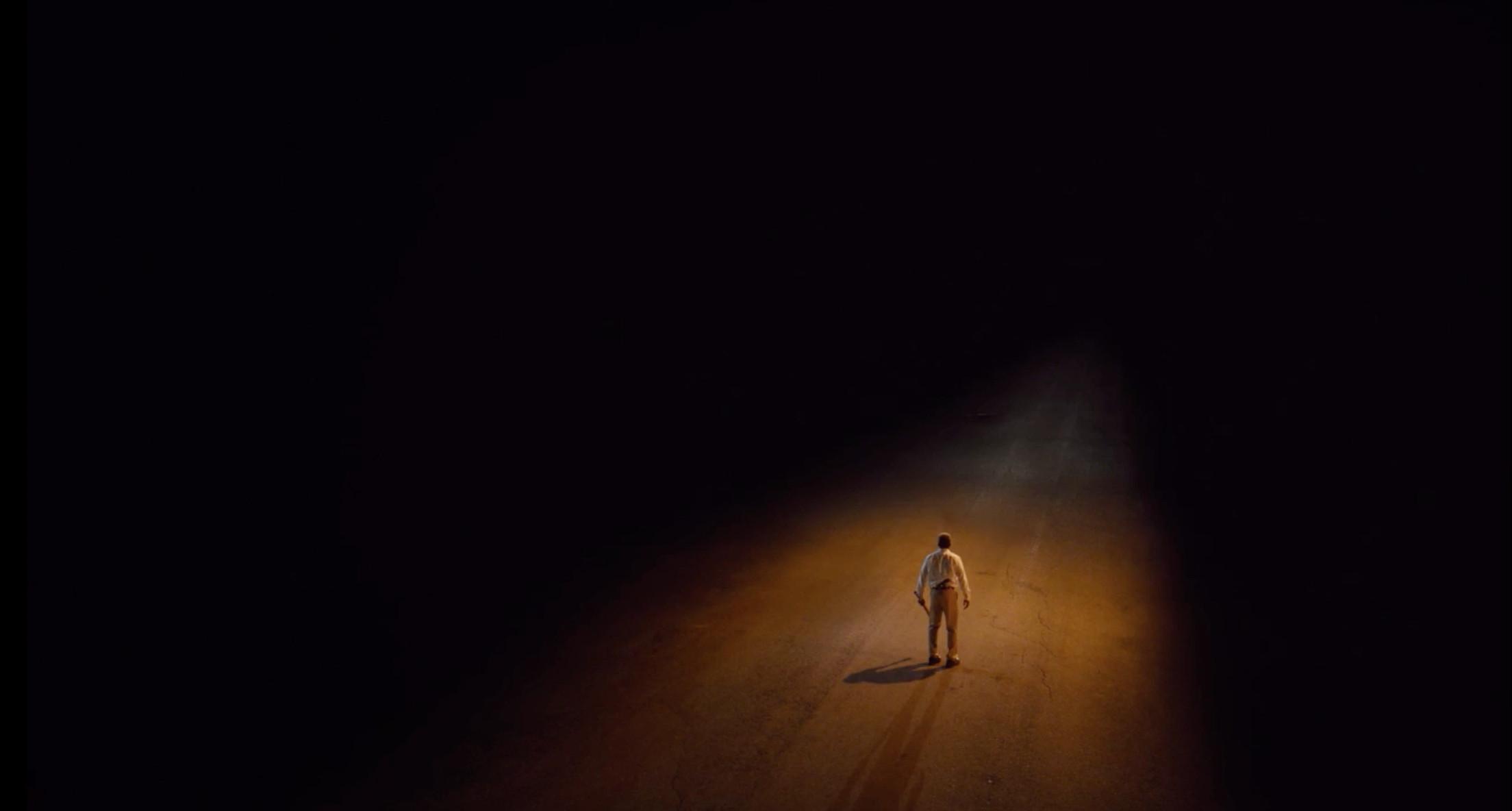
This is a truly arresting image, on par with Cary Fukunaga’s finest work in the first season—a compliment of the highest order in the True Detective-verse.
We’re a week away from the end of this decades-spanning journey, and Pizzolatto is still dangling some exciting threads that I can’t wait to get answers to. What will Hoyt and Hays talk about in 1990? How did Hays and Rebecca become estranged? Will anyone get convicted of the original crimes? And most important of all: What became of Julie Purcell?
Disclosure: HBO is an initial investor in The Ringer.

